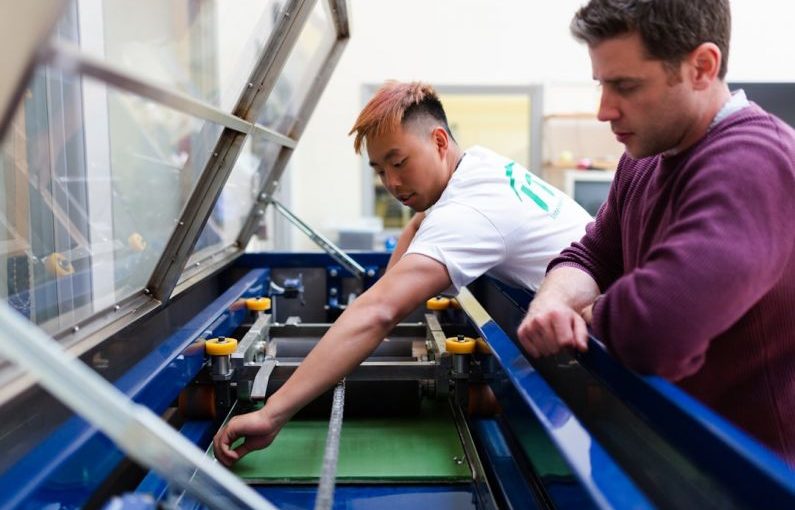Wood carving has been a cherished art form for centuries, with artisans using a variety of tools to shape and mold wood into intricate and beautiful creations. As technology continues to advance, the tools and techniques used in wood carving are also evolving. In this article, we will explore the future of wood carving tools, examining current trends and making predictions for what lies ahead in this traditional craft.
Innovations in Material and Design
One of the most significant trends in wood carving tools is the use of new materials and designs. Traditional tools made from steel and wood are being replaced by modern alternatives that offer enhanced durability and precision. For example, carbon fiber tools are becoming increasingly popular among wood carvers due to their lightweight nature and strength. These tools provide a more ergonomic grip and allow for greater control over the carving process.
Furthermore, advancements in 3D printing technology have opened up a world of possibilities for creating custom wood carving tools. Artisans can now design and print their own tools tailored to their specific needs and preferences. This level of customization not only enhances the carving experience but also improves the quality and detail of the final product.
Integration of Technology
Another exciting development in the world of wood carving tools is the integration of technology. Many modern tools now come equipped with sensors and digital interfaces that provide real-time feedback on the carving process. This technology allows artisans to monitor their progress more effectively and make adjustments as needed to achieve the desired outcome.
Additionally, the use of computer-aided design (CAD) software has revolutionized the way wood carvers approach their craft. By creating digital models of their designs, artisans can visualize the final product in advance and make precise adjustments before even picking up a tool. This level of precision and planning has led to a new era of intricacy and detail in wood carving artistry.
Environmental Sustainability
As the world becomes more focused on sustainability and environmental conservation, the wood carving industry is also adapting to meet these demands. Artisans are increasingly turning to eco-friendly materials and practices in their work, such as using reclaimed wood and natural finishes. Additionally, the development of biodegradable and recyclable tools is gaining traction among environmentally conscious wood carvers.
Furthermore, advancements in wood processing techniques are enabling artisans to make more efficient use of resources and minimize waste. By utilizing innovative cutting and shaping methods, wood carvers can maximize the yield from a single piece of wood, reducing the need for additional materials and promoting a more sustainable approach to their craft.
Predictions for the Future
Looking ahead, the future of wood carving tools is likely to be shaped by continued advancements in materials, technology, and sustainability. We can expect to see even more innovative designs that enhance the carving experience and allow for greater creativity and precision. The integration of artificial intelligence and machine learning may also play a role in optimizing the wood carving process, offering new insights and possibilities for artisans.
Moreover, the rise of digital platforms and online communities dedicated to wood carving is likely to foster collaboration and knowledge sharing among artisans worldwide. This interconnectedness will undoubtedly lead to the development of new techniques and tools that push the boundaries of traditional wood carving artistry.
In conclusion, the future of wood carving tools is bright and full of exciting possibilities. With a focus on innovation, sustainability, and technology, artisans are poised to take this ancient craft to new heights of creativity and craftsmanship. By embracing these trends and predictions, wood carvers can look forward to a future filled with endless opportunities for artistic expression and mastery.





